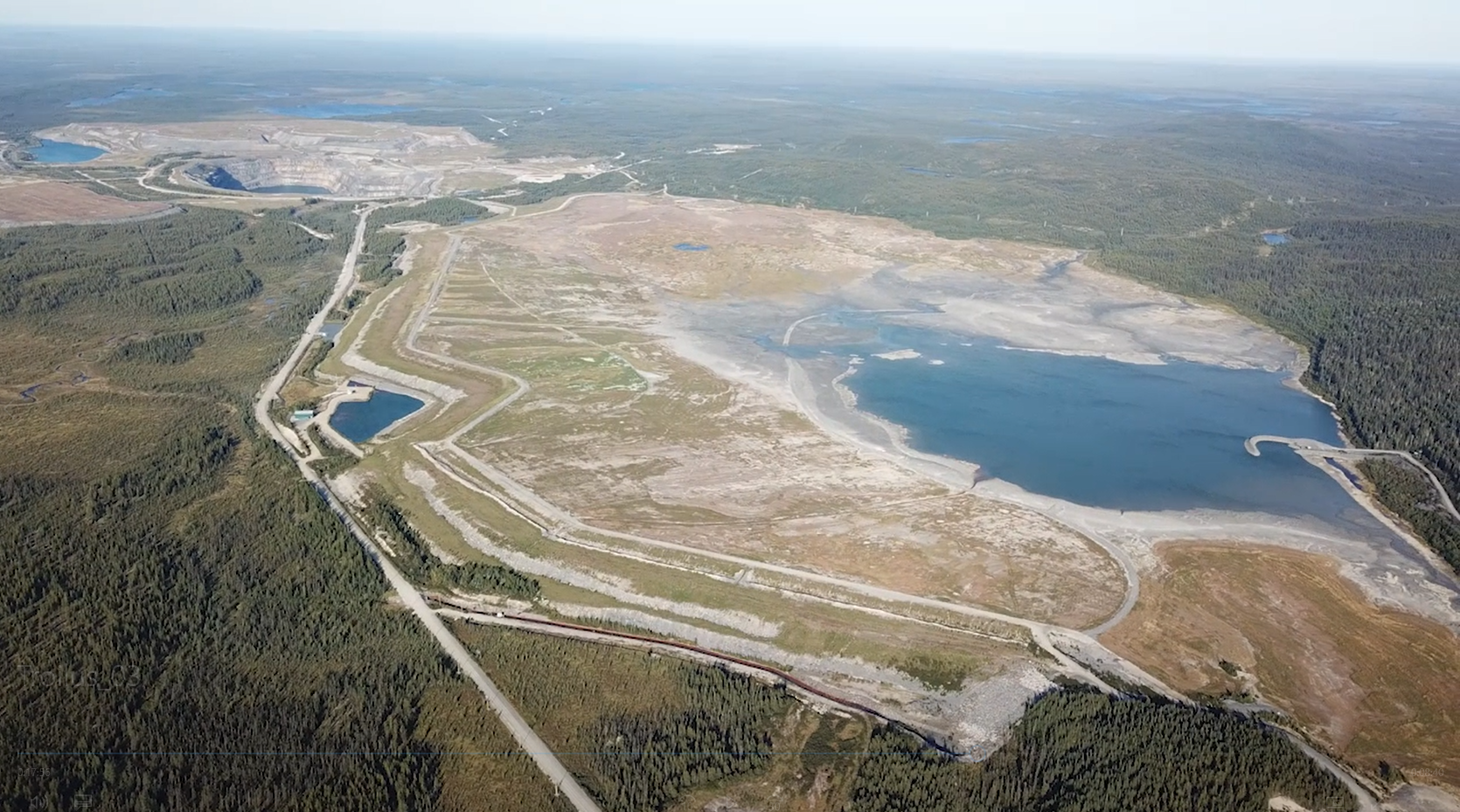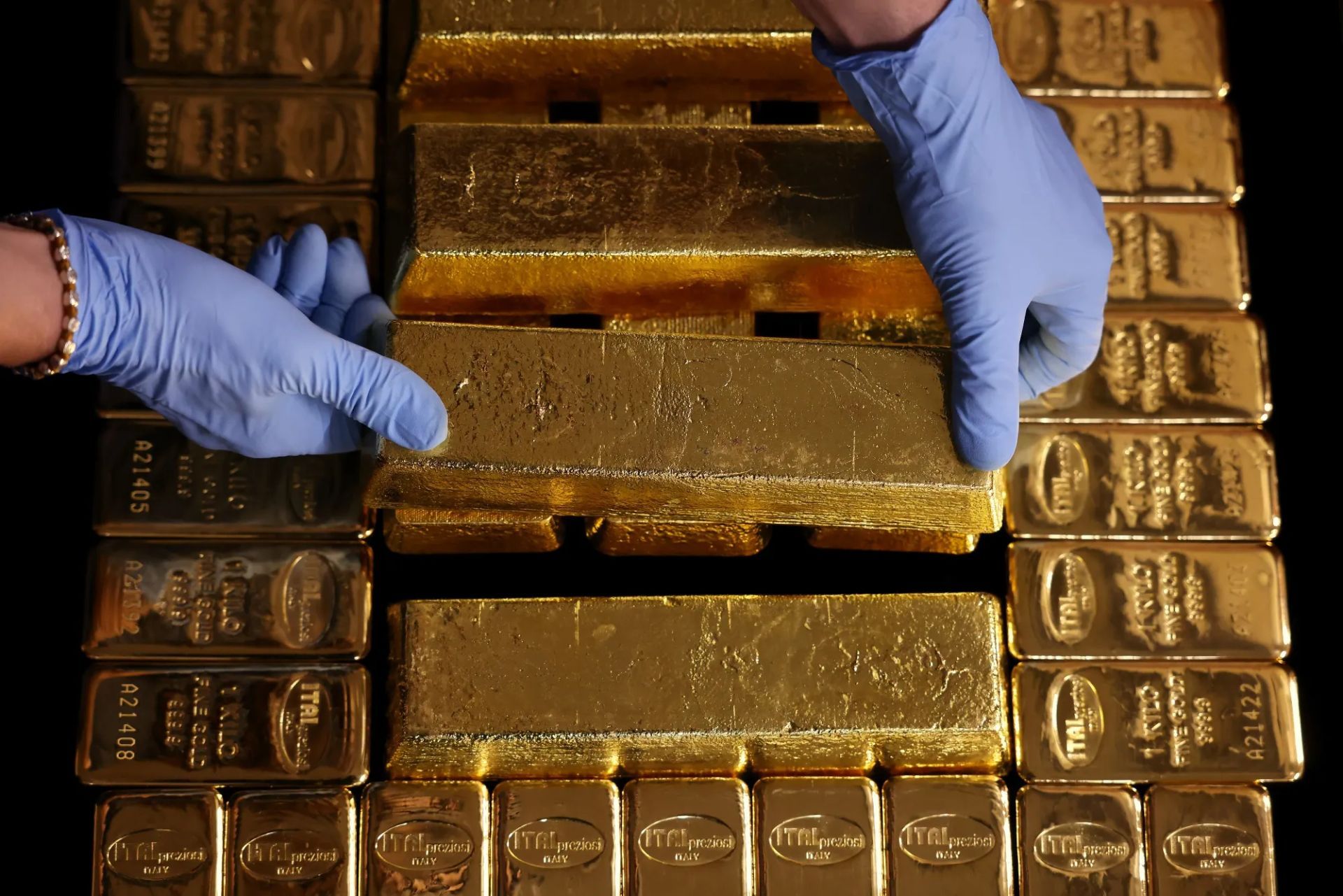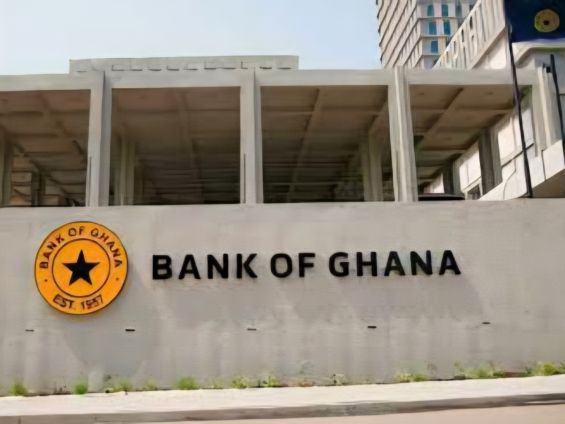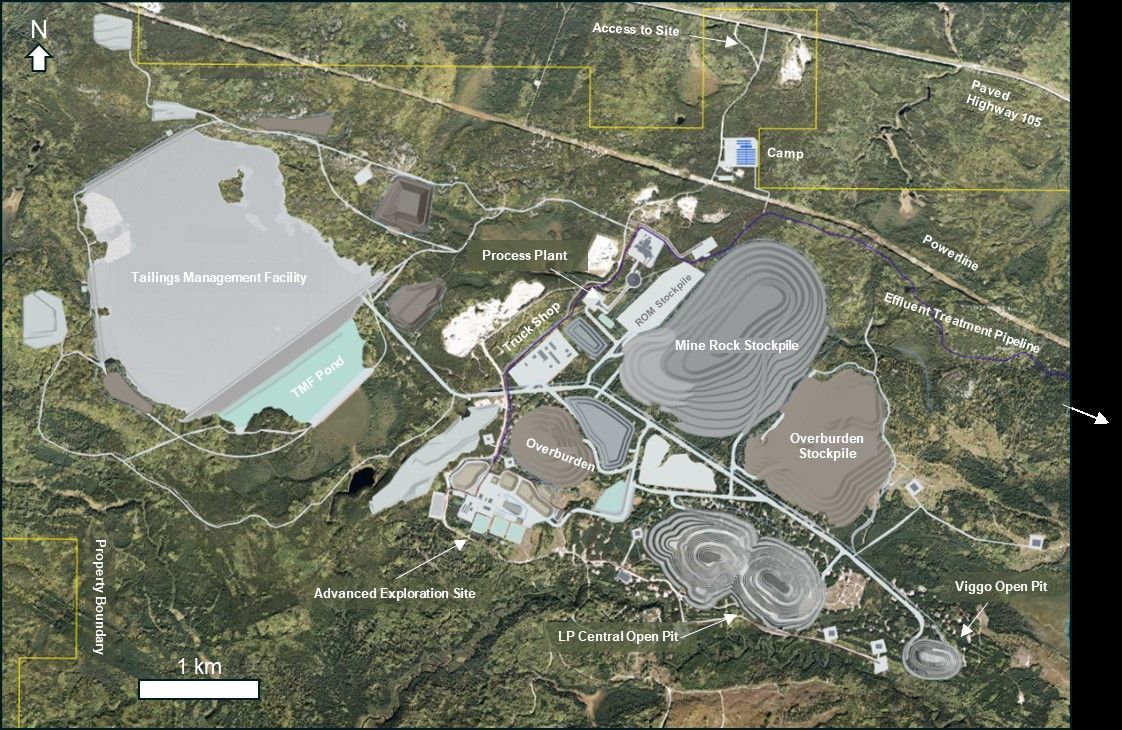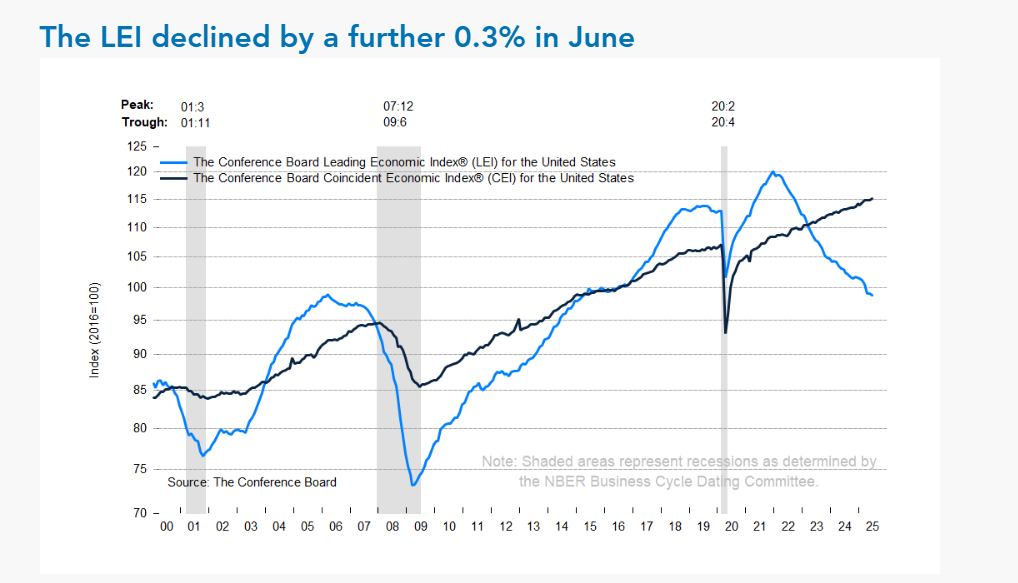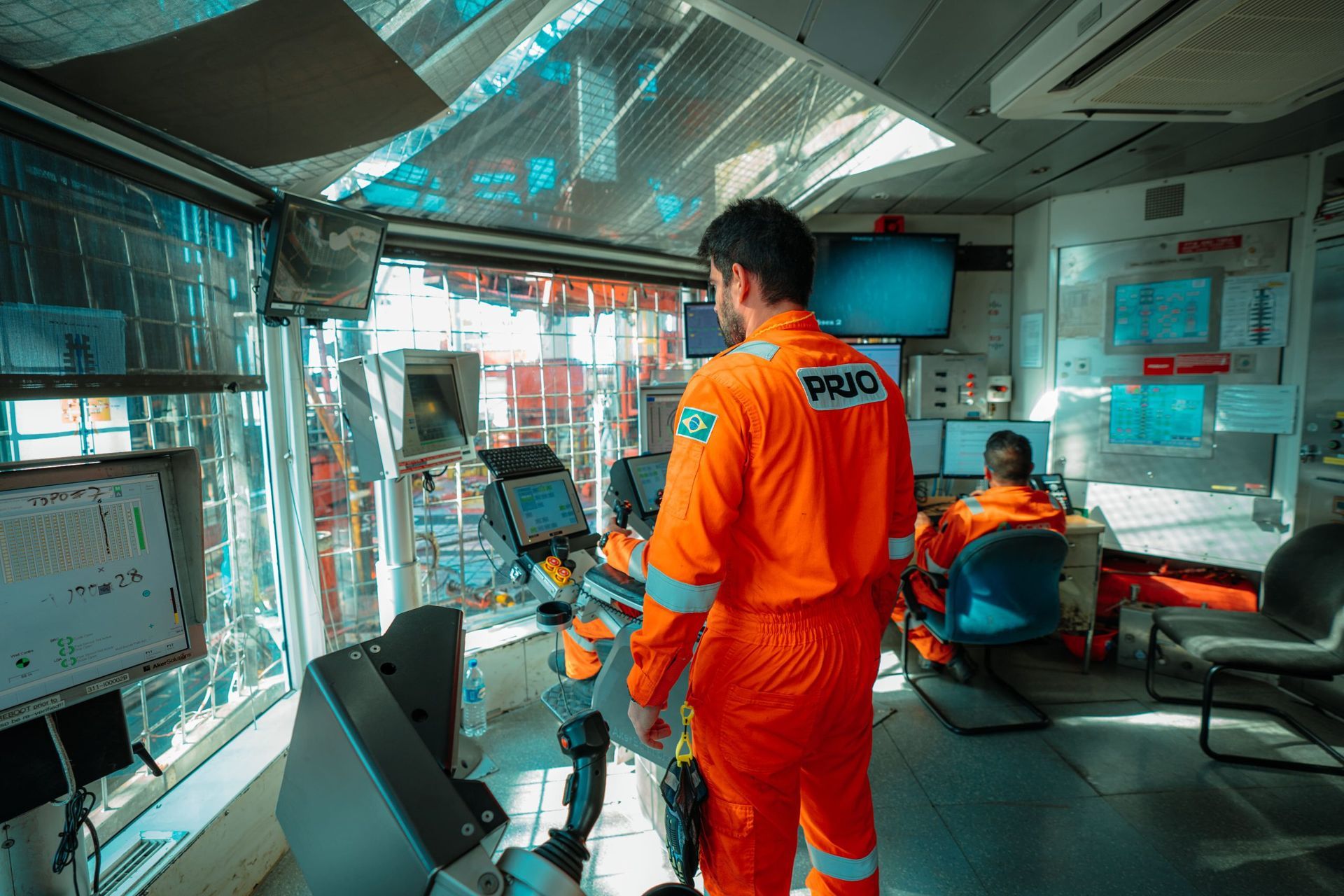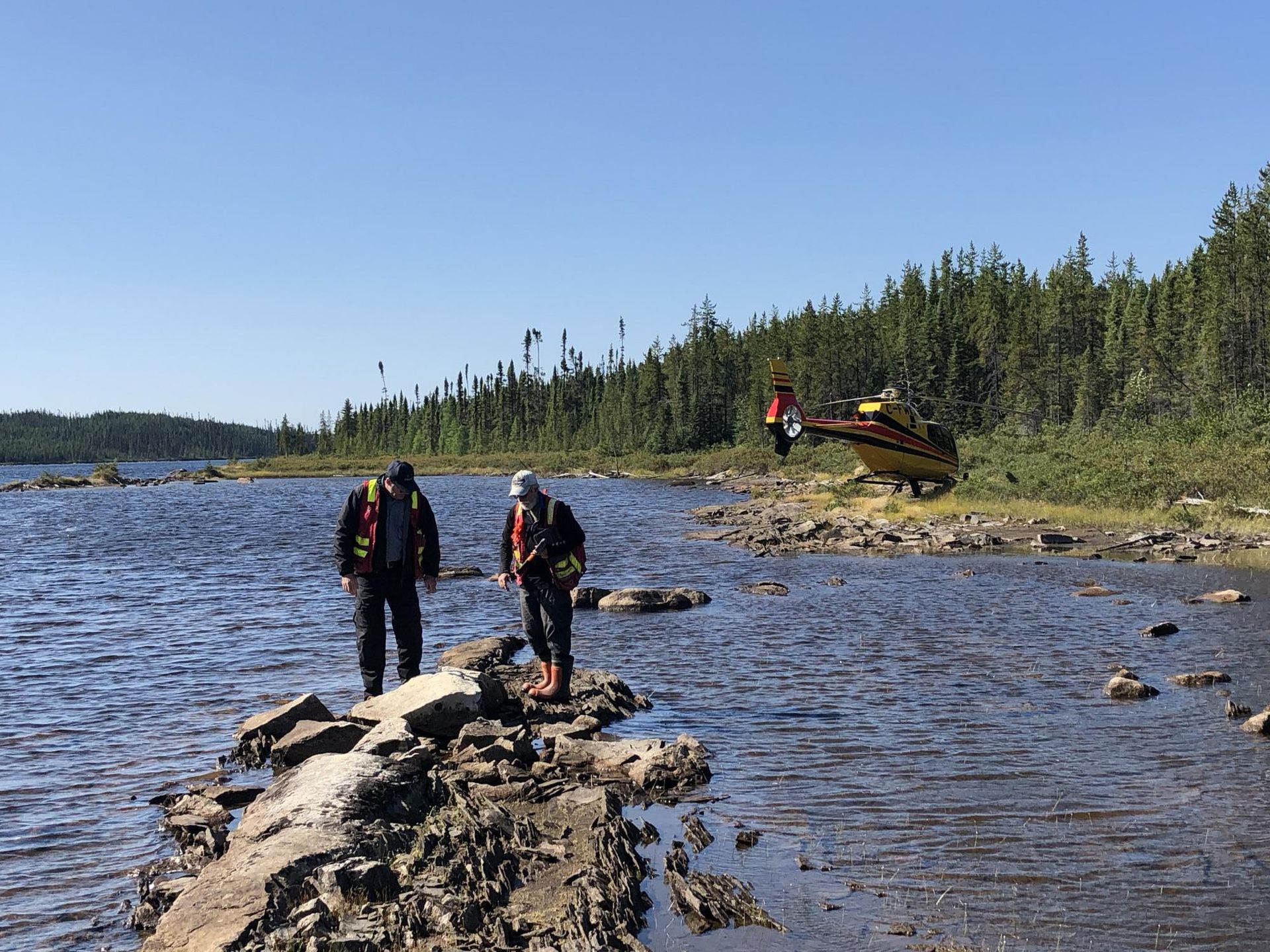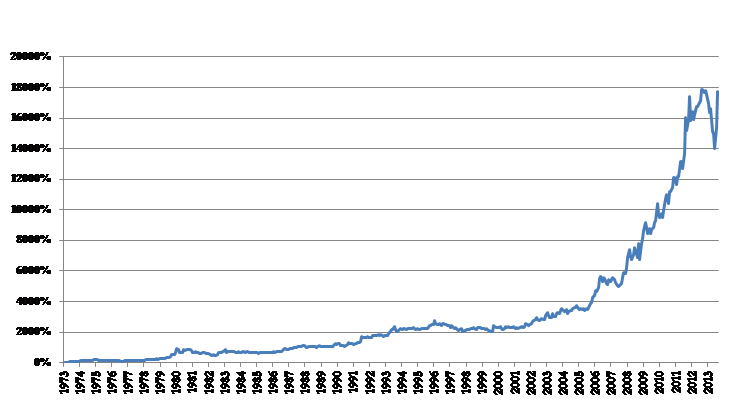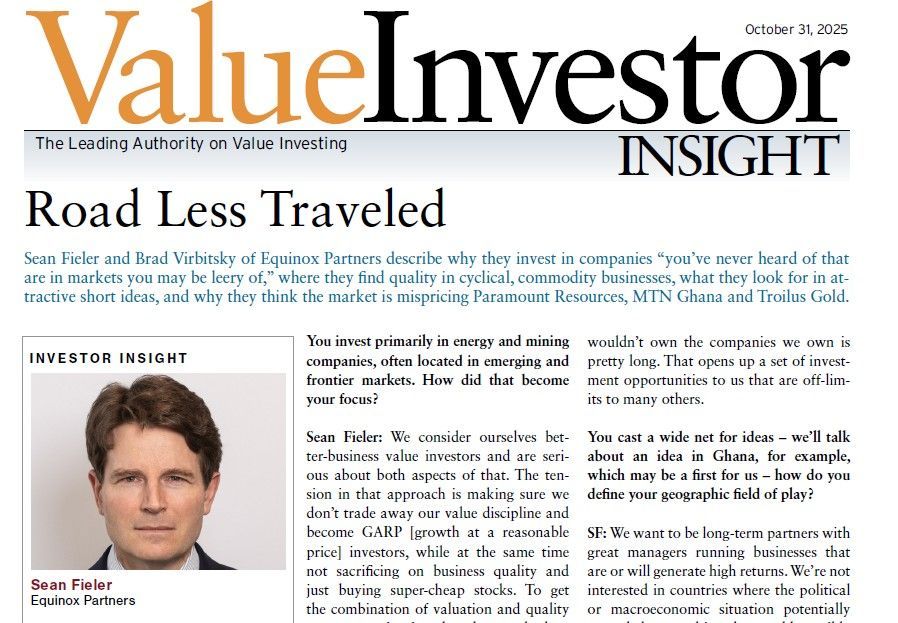Kuroto Fund, L.P. - Q2 2013 Letter
Dear Partners and Friends,
PERFORMANCE & PORTFOLIO
Kuroto Fund declined -2.3% in the quarter ended June 30,
2013. Over the same period, the MSCI Asia Pacific Index was down -3.0%. For the year through August 31, 2013, the fund was down -7.9% while the MSCI Asia Pacific rose +2.6%.
For the year through August 31, our Indian companies have cost us roughly -9.0% as a percentage of partners’ capital. Additional losses of approximately -4.1% have come from our companies in Indonesia, China, and in precious metals mining and bullion. Our major contributors of performance have been our operating companies in Vietnam, Malaysia, Thailand, and South Korea which have collectively contributed +6.5% to performance. We have been opportunistically buying companies in India as well as one new position in Australia.[1]
India
We cannot create [financial market] depth by banning position taking, or mandating trading based only on well-defined ‘legitimate’ needs.”[2]
—Raghuram Rajan in his first speech as Governor of the Reserve Bank of India
“If I have one wish which the people of India can fulfill is don’t buy gold.”[3]
—Indian Minister of Finance P. Chidambaram
Raghuram Rajan’s first speech as RBI governor is important not just because of its free market orientation; it is important because it offers a clear alternative to India’s growing appetite for financial repression. Specifically, it offers an alternative to the policies of India’s Finance Minister, P. Chidambaram, who has not only sought to persuade his fellow countrymen to forgo gold ownership but has also engineered a series of aggressive measures designed to suppress gold ownership.
Gold’s central place in India’s capital markets is not so much a product of culture as it is a result of sound financial reasoning. A combination of persistently high inflation and limited access to the banking system has long made gold a far more attractive store of value than the rupee. Even for the half of the Indian population that has access to the banking system, rupee-denominated savings accounts have not been keeping pace with gold.
Indians’ propensity to save in both rupees and gold has made India the largest gold importer in the world. India has been importing on average 900 tons annually in recent years, or approximately one third of the world’s annual mine supply. Moreover, Indians hold an estimated 20,000 tons of gold privately. For comparisons sake, these gold holdings are almost equivalent to the value of all rupee-denominated bank accounts. In sum, the wide acceptance of gold as money in India makes India a de facto dual currency market.[4]
Dual currency systems such as India’s provide both a welcome choice for the individual saver and an unwelcome discipline for government. For example, when the Indian government effected a more than 60% reduction in the amount of capital that Indians could take abroad, from $200,000 to $75,000, Indians did not lose their ability to flee the rupee. While the restriction limited their ability to swap their rupees for dollars or euros, gold remained an effective substitute for domestic savers wishing for an alternative currency. This unimpaired ability of Indians to sell rupees for gold effectively deprived the Indian government of the ability to force domestic savings into rupee-denominated accounts.
Rather than respond to rupee flight with better policies that would improve the underlying fundamentals of the Indian currency, the Indian government attempted to silence the unwanted market signal. First, the Indian government sought to make gold less useful by making it harder to leverage. In March 2012, the RBI came out with a number of new regulations for non-bank finance companies which lend against gold. While these lenders posed no systemic credit threat, the government unilaterally reduced their loan-to-value caps, increased their capital requirements, and prohibited the use of gold bullion and coins for collateral purposes. This last action, which has no basis in credit risk supervision, suggests a desire to punish those holding gold.
Having already targeted gold ownership, the RBI put together a working group to study the issues related to gold imports and gold loans by non-bank finance companies. In the group’s report released at the end of 2012, their recommendation could not have been clearer, “there is a need to moderate the demand for gold imports. We need to opt for a series of demand reduction measures, supply management measures and measures to increase the monetisation of gold.”[5]
With the policy prescription clearly laid out, the moves became even more aggressive. Most notably, India hiked import duties on gold three times in eight months. Since the beginning of 2013, duties on gold imports more than doubled to 10%. The Indian Ministry of Finance also enacted simple restrictions on the import of gold. For example, they recently banned the import of coins and medallions.[6]
In addition to the aforementioned official measures, the Indian government has used its influence to “dissuade” regulated entities from facilitating gold ownership. Under direct regulatory pressure, India’s jewelers and banks have stopped selling gold coins and bars. The pressure in this case must have been overwhelming, as gold bars and coins represented over a third of the jewelry industry’s total revenues.[7]
Predictably, this series of attacks on the free movement of Indian domestic savings has produced a loss of confidence rather than a quick fix. This failure coupled with Rajan’s appointment makes it increasingly likely that the government will turn to more market-oriented policies rather than continue down the path of financial repression. On this basis, we have used the late summer declines in Indian stocks to buy several superior Indian businesses. We, of course, will be vigilant in monitoring India’s economic policy, but we remain hopeful that India will seek to address their relatively modest imbalances rather than suppress them. Mr. Rajan sums up the nature of India’s challenge perfectly:
For the most part, India’s current growth slowdown and its fiscal and current account deficits are not structural problems. They can all be fixed by means of modest reforms. This is not to say that ambitious reform is not good, or is not warranted to sustain growth for the next decade. But India does not need to become a manufacturing giant overnight to fix its current problems. [9]
SEC Exam
In the past few years, recognizing that we were overdue for a substantive SEC exam, and knowing the regulatory scrutiny our industry faces, we allocated more capital to our compliance budget. In 2011, we hired a new Chief Operating Officer/Chief Compliance Officer with extensive compliance experience. In addition, last year, we hired Ascendant Compliance Management to examine our compliance program and flag any deficiencies. Ascendant and another outside consultant assist our CCO in the ongoing maintenance and testing of our compliance program. On July 31, 2013, after an extensive, routine examination which took about three months—three weeks of which SEC examiners spent in our offices—we are pleased to announce that we received a standard “deficiency letter” that presents minimal issues for correction. Our outside counsel, Ropes & Gray, has affirmed that the letter is an outstanding result. Specifically, the SECs comments related to constructive suggestions on some of our compliance policies as well as minor modifications to some language in our marketing materials and on our website. We have subsequently replied to the SEC’s suggestions and have already confirmed agreement with them on two minor points. Please contact us should you like to see copies of the SEC correspondence.
New Partner and Analysts
Equinox’s long run success rests upon the significance and endurance of our insights into the businesses we own. Over the past four years, our research analyst Andrew Ewert has produced a series of such valuable insights. He has an uncanny ability to sift through the noise and focus in on the factors that make a business special. Recognizing his talent and unique contribution to our team, we have made Andrew a partner, thus bringing our team of portfolio managers to four. We recommend that you make an effort to meet with Andrew during your next visit to our offices in New York. Additionally, our research team is now seven strong as we welcomed recent college graduates Scyrine De Veaux and Andrew Koger in August.
Sincerely,
Andrew Ewert
Sean Fieler
Daniel Gittes
William W. Strong
ENDNOTES
[1] Sector and country returns are presented herein on a gross basis and use relevant period P&L and average capital in determining contribution and internal rate of return.
[2] Full text of speech: http://timesofindia.indiatimes.com/business/india-business/Full-text-of-RBI-governor-Raghuram-Rajans-maiden-speech/articleshow/22293598.cms
[3] The Times of India, Don’t buy gold, P Chidambaram urges citizens, June 14, 2013. http://timesofindia.indiatimes.com/business/india-business/Dont-buy-gold-P-Chidambaram-urges-citizens/articleshow/20582677.cms
[4] Gold figures from World Gold Council
[5] Report of the Working Group to Study the Issues Related to Gold Imports and Gold Loans by NBFCs in India: http://rbidocs.rbi.org.in/rdocs/PublicationReport/Pdfs/RWGS02012013.pdf
[6] Reuters, Timeline – India’s efforts to curb gold imports, August 19, 2013. http://in.reuters.com/article/2013/08/19/india-gold-timeline-idINDEE97I08O20130819
[7] The Times of India, Jewellers join government’s campaign to cut gold buying, June 24, 2013. http://articles.timesofindia.indiatimes.com/2013-06-24/india-business/40165327_1_world-gold-council-gold-imports-jewellery-trade-federation
[8] Raghuram Rajan, A case for India, live Mint, September 11, 2013. http://www.livemint.com/Politics/hrQfq1PT5wJdsNjMh2kL9K/India-can-and-will-do-better-says-Raghuram-Rajan.html?ref=mr
